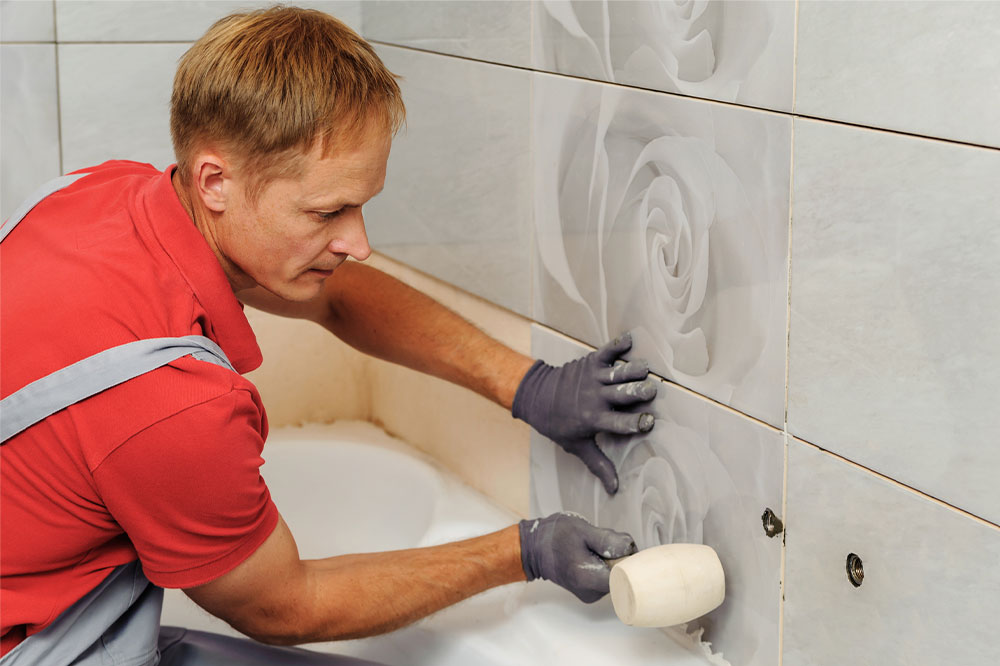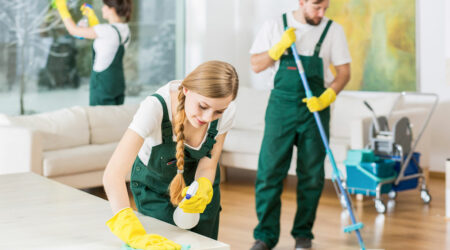
5 helpful water damage repair tips
Experiencing severe flooding or water damage can be a homeowner’s worst nightmare. Water damage can be expensive and hazardous since water spreads quickly and can promote the growth of mold and mildew. To prevent further damage, it is crucial to have a thorough water damage repair done. Contacting water damage repair services is recommended, as water damage is best handled by professionals rather than attempting DIY repairs. Read on for some tips about water damage repairs.
Locate water source
Generally, houses have three types of water flowing at any given point. The first is the clean water that comes from leaky pipes and rain. It is the easiest for homeowners to clean themselves. However, if a water damage repair service is employed to do the job, expect to pay a water damage repair cost of around $3.75 per square foot.
The second category is gray water. It comes from toilets, dishwashers, and washing machines. It has several contaminants. Hence, it is not always possible to DIY the repair yourself. Hence, in this case, it is always safe to call for water damage repair contractors to ensure a thorough cleanup. This will cost approximately $4.50 per square foot.
The last water type is black water. It comprises sewage and other contaminants. This water is mainly filthy and comes from nearby rivers. We do not advise self-handling for such repairs, as they may contain bacteria and contaminants. Thus, it is best to look for reputed water damage repair services to take charge. This repair will cost you $7 per square foot.
Remove affected items
Flooding can damage the electrical circuits. Therefore, it’s crucial to unplug all electronic devices to prevent damage to the electrical circuits. The compromised electrical system can be dangerous, so it’s best to remove affected items from the water as soon as possible to preserve them. Quick action can help save items like mats and rugs as well. After removal, be sure to clean and disinfect them.
Inspect for mold
Pests tend to grow in humid conditions within 24 hours, but mold from attic condensation may start growing much earlier. It’s important to be cautious of mildew or mold, as some types can be toxic to humans and can also damage the material it infests. If the mold issue is minor, cut out the affected surface, place it in a bag, and dispose of it immediately. However, if the mold issue is severe, leave the area and limit any airflow to prevent further contamination by spores. Next, call water damage repair contractors for a thorough inspection and damage control.
Deep clean affected surfaces
The next step is thoroughly disinfecting the flooded surface. Using bleach is an effective and inexpensive way of doing this. Bleach kills bacteria, prevents mold, and is easy to prepare. While repairing the damage, it’s important to wear a face mask, safety gloves, and goggles. Wipe every surface, rinse, and allow it to dry as quickly as possible to prevent the growth and spread of mold spores.
Call the insurance company
After the initial situation is under control and your home is not in any immediate danger, contact your insurance provider for a quote to understand what expenses are covered. If the damage is severe, ask them for ask for a list of contractors they work with. Take photographs of any work you do to avoid confusion later.




